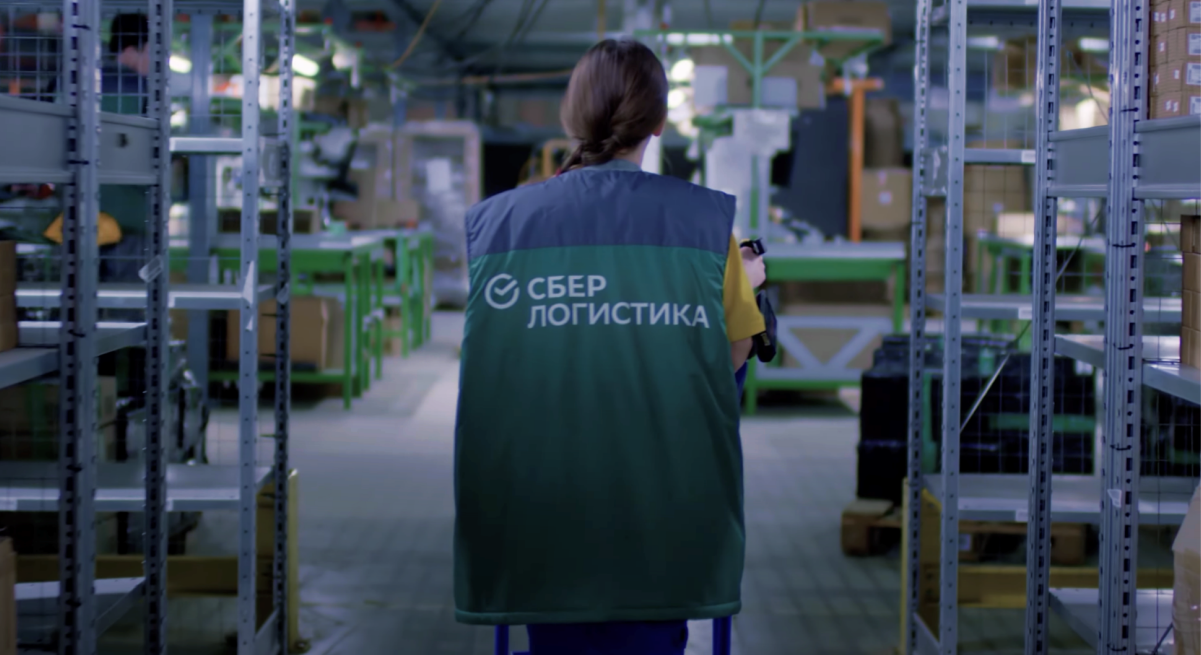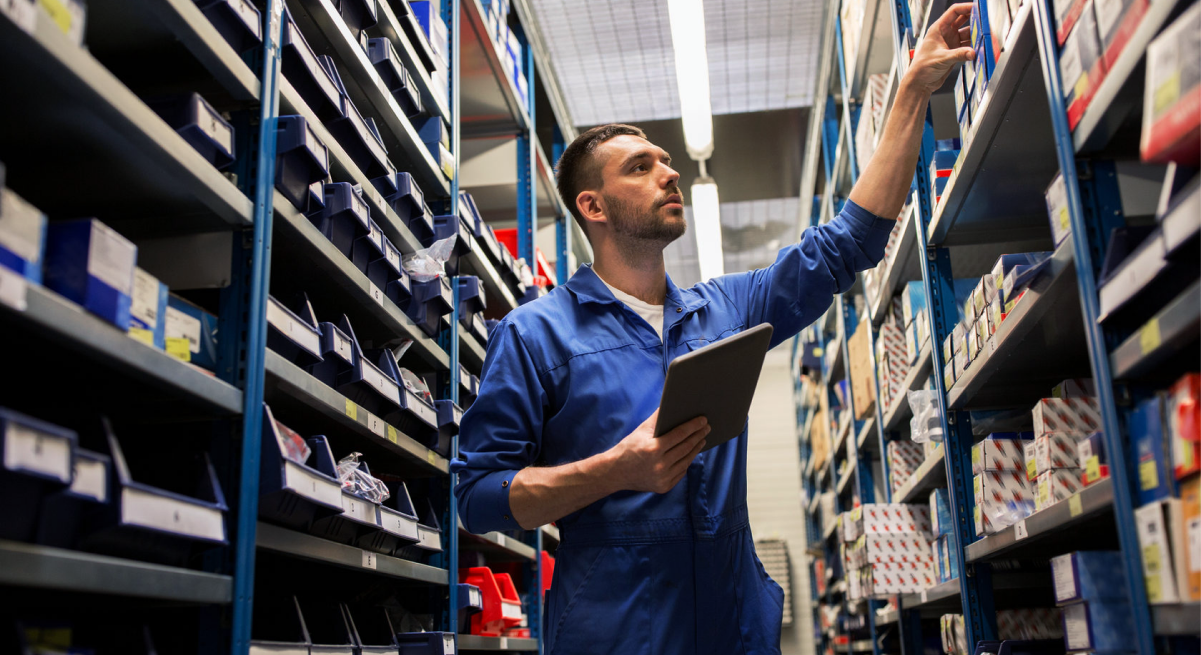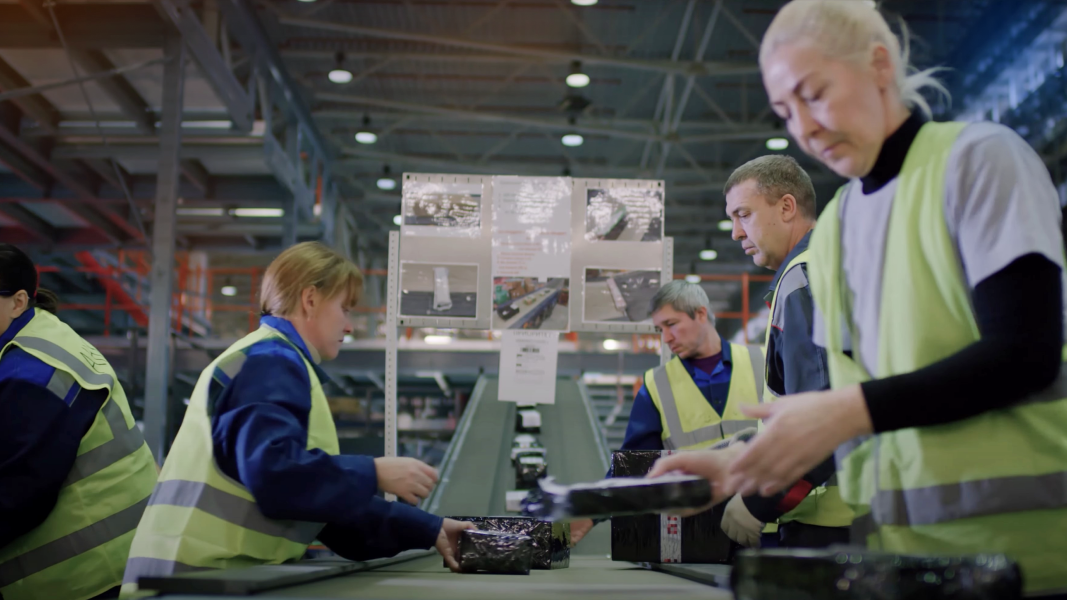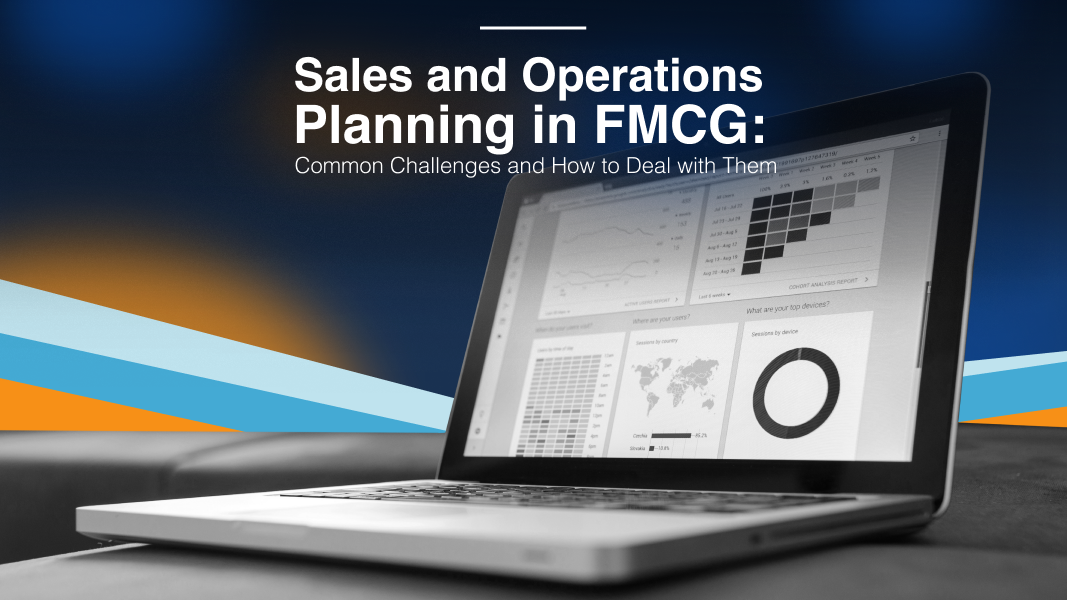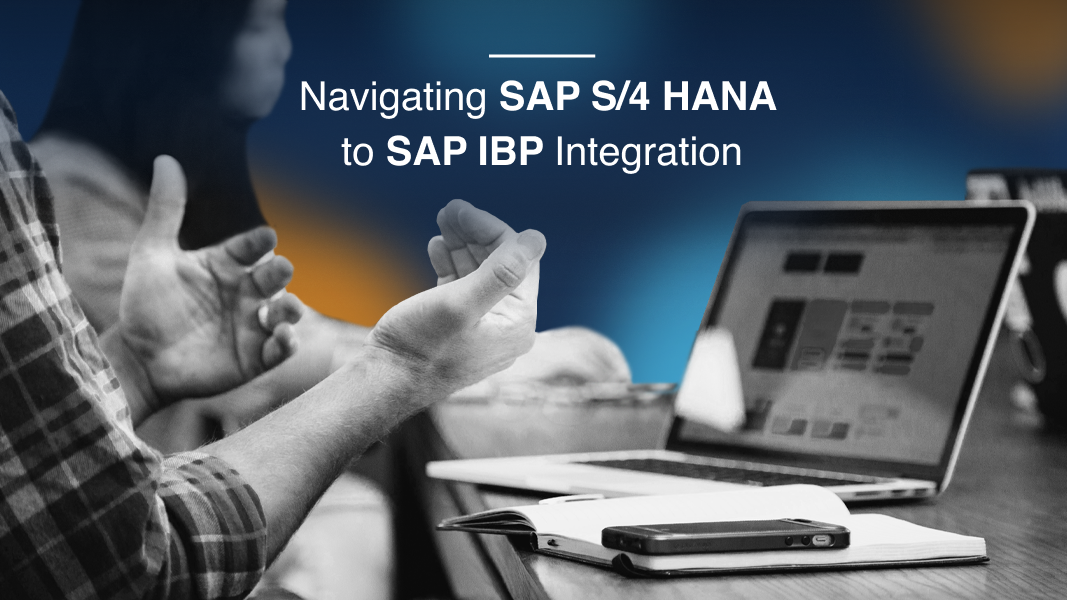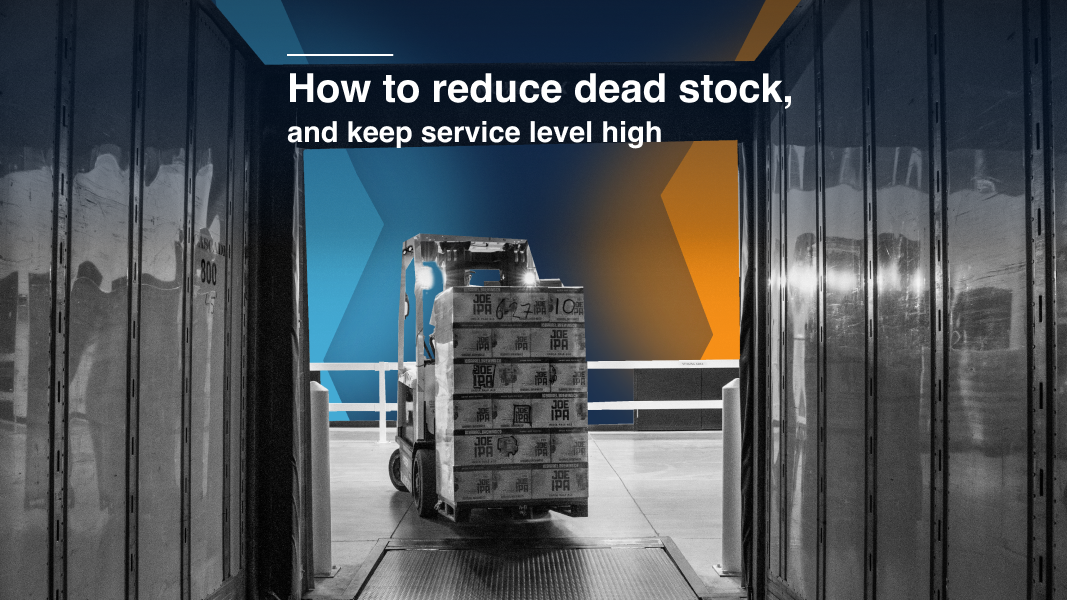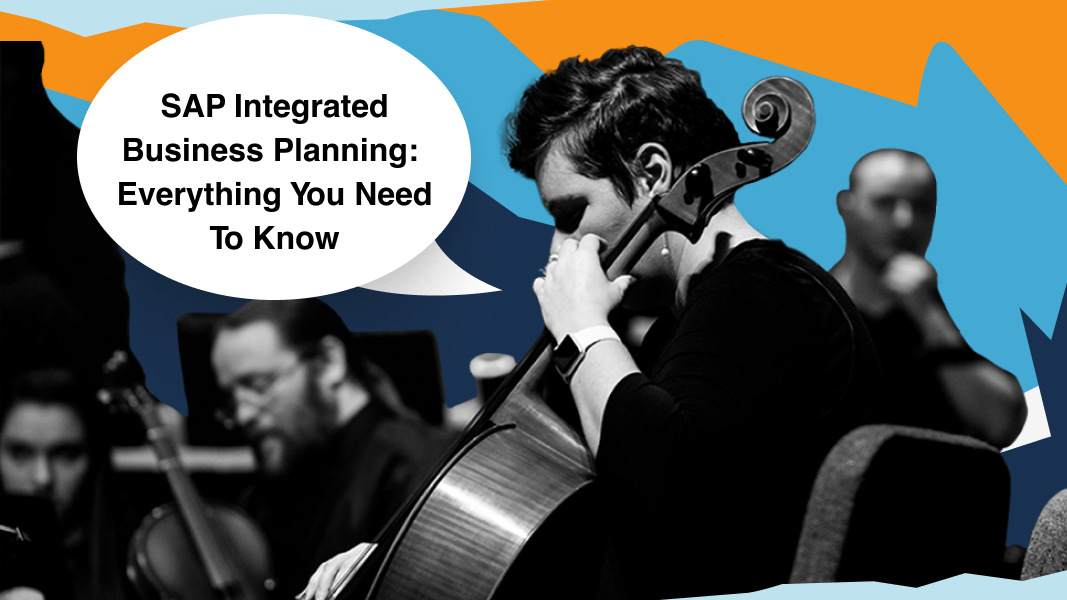2789
7 min
Twice best-of-bride: best practices of SAP IBP implementation by TeamIdea

Over the years, SAP has gathered a wealth of experience from various industries, resulting in what they call SAP Best Practice content.
At TeamIdea, we have refined a method to implement SAP IBP solutions swiftly and efficiently, leveraging these Best Practices along with our own project experience. Let’s explore how we manage an implementation in just a few months, using insights from both SAP and our own industry expertise.
What makes best practices so valuable?
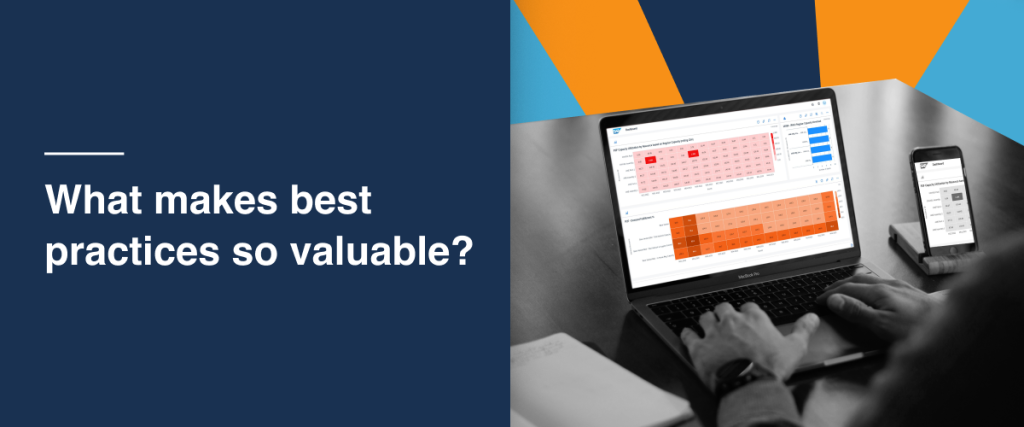
SAP Best Practices are essentially pre-built configurations and guidelines designed to streamline the implementation process. They help to achieve a faster ROI from the implementation project and product license, which is crucial for stakeholders.
When stakeholders make regular, recurring payments for a license, they naturally want to see a return on investment (ROI) as quickly as possible. In today’s fast-changing world, an ROI period longer than a year can raise many questions.
SAP Best Practices emerged as a solution to this problem, concentrating the best ideas and experiences from other companies. Here’s what they include:
- Sample planning areas. Ready-to-use configuration settings you can copy and fit to specific needs.
- Sample planning data. Pre-loaded data sets for quick demos, training sessions, and business validations.
- Process diagrams. Visual guides that map out essential business processes of integrated business planning.
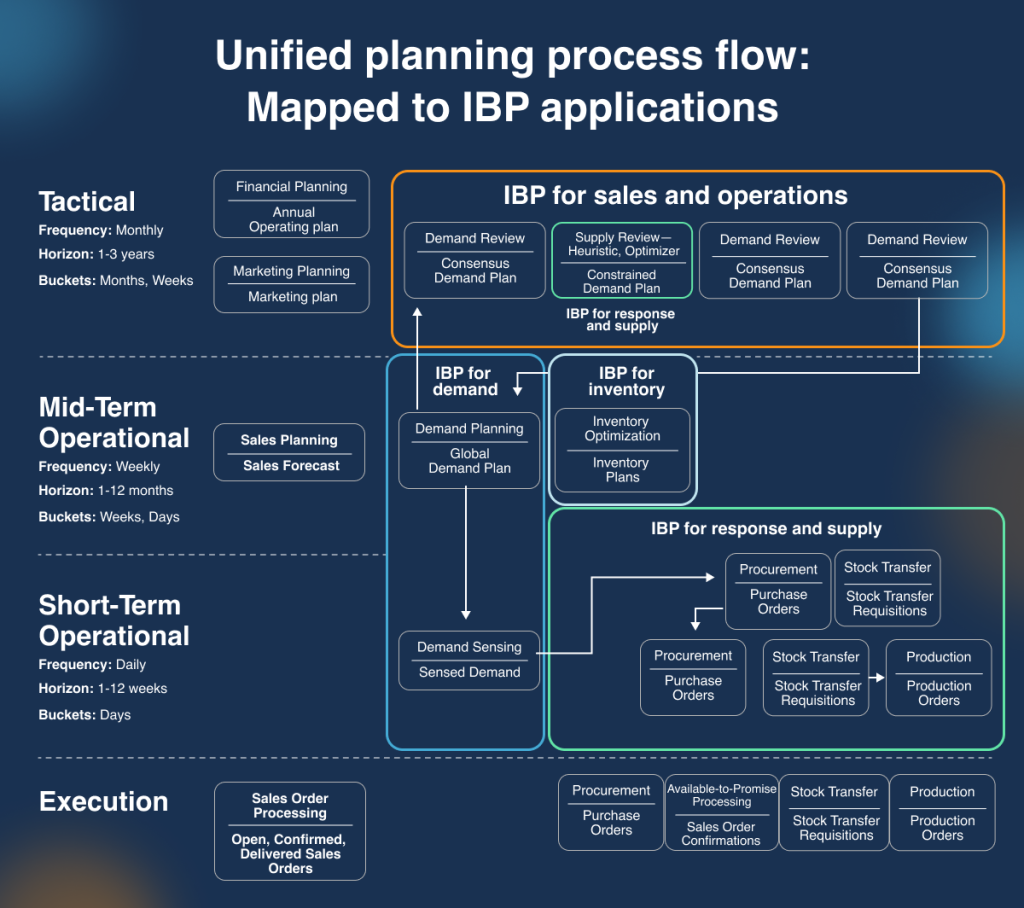
- Project accelerators. Handy documentation like configuration guides and test scripts to speed things along.
These resources, accessible through the SAP Help Portal, provide a solid foundation for any SAP implementation.
What is rapid deployment solution

Rapid Deployment Solution (RDS) leverages SAP Best Practices alongside TeamIdea’s industry-specific experience. Key elements include:
- Project accelerators. Detailed plans, integration requirements, and more, tailored to quicken the pace.
- SAP activate methodology. A structured approach ensuring projects stay on track and on budget.
Let’s look at a representative case: Ferroni, metal door manufacturer.
Ferroni project
In this project we implemented five SAP IBP modules over 12 months. In short, results were fantastic: the 30% boost in forecast accuracy, a 22% increase in turnover, and a 15% uptick in servicAe levels.Ferroni needed to streamline operations across three plants and five sales channels, handling over 5,000 SKUs. In just 12 months, TeamIdea rolled out the following SAP IBP modules:
- SAP IBP for Sales & Operations Planning (S&OP)
- SAP IBP for Response & Supply (R&S)
- SAP IBP for Demand
- SAP IBP for Inventory
- SAP IBP for Supply Chain Control Tower (SCCT)
How we did it:
- Four sprints. Focused efforts on S&OP, Demand, R&S, and Inventory.
- Early prototyping. Demos and sandbox configurations were up and running in the first 1.5 months.
- Discovery workshops. Fine-tuning requirements and aligning with best practices.
- Integration task tracker. Keeping everything on track with SAP S/4HANA integration.
- Additional training. Ensuring key users were well-versed in the new system.
Another win: case of the automotive producer
For a major automotive player with over 500 million in revenue, we took the challenge of deploying SAP IBP for Inventory with SAP S/4 HANA integration within six months. Despite tight constraints, the project delivered:
- 12 new stock analytics charts.
- A doubled planning horizon.
- Automated safety stock planning.
- A shift from static to dynamic safety stock calculation.
What Best Practice we approach for this project:
- Streamlined phases: preparation (1.5 months), realization (3.5 months), go-live (2 weeks), and FIT/GAP analysis and support (2 weeks).
- Thorough documentation: detailed data requirements and mapping.
- Regular check-ins: weekly status updates and integration meetings.
- Workshops and discovery meetings: three business discovery sessions to refine goals.
- Continuous training: ongoing education for continuous improvement and interface mastery.
- Center of Excellence (CoE) setup: ensuring sustained success post-implementation.
Implementing SAP IBP is no small feat, but our approach makes it manageable and efficient. By leveraging SAP Best Practices and Teamidea’s own industry know-how, we deliver rapid, effective implementations that bring quick, tangible benefits.
From boosting forecast accuracy and turnover to automating safety stock planning, the results are clear. With a structured plan, early prototypes, continuous education, and robust project management, our team proves that an SAP IBP implementation can be completed in just four months, providing a crucial competitive edge in today’s dynamic market.
Need more personalized guidance on your SAP IBP integration?
Set up a consultation with our IBP expert, and get advice tailored to your specific project needs.
Key takeaways
-
What are SAP Best Practices and why are they important?
SAP Best Practices are pre-built configurations and guidelines that streamline the implementationprocess and ensure faster ROI. -
What is a Rapid Deployment Solution (RDS)?
RDS combines SAP Best Practices with TeamIdea’s project experience to accelerate implementation. It uses detailed project plans and the SAP Activate methodology to ensure timely and cost-effective deployment. -
What is the structured approach used by TeamIdea?
We follow a four-phase approach: preparation, realization, go-live, and FIT/GAP analysis. This includes thorough documentation, regular meetings, workshops, continuous training, and CoE setup to ensure project success and sustainability. The approach is always tailored to Company specifics.







